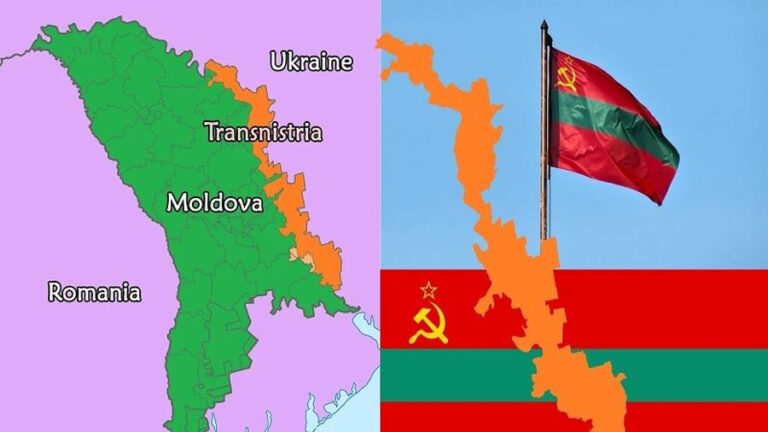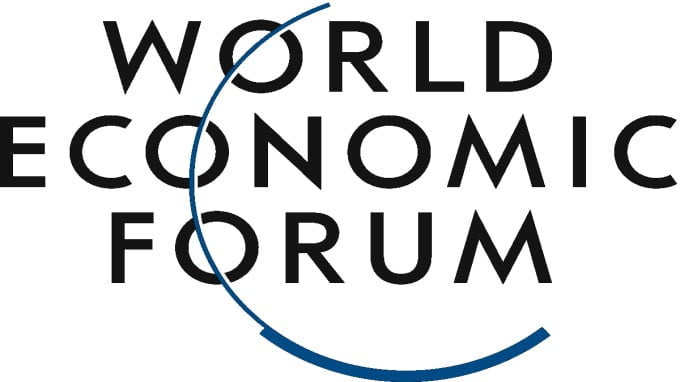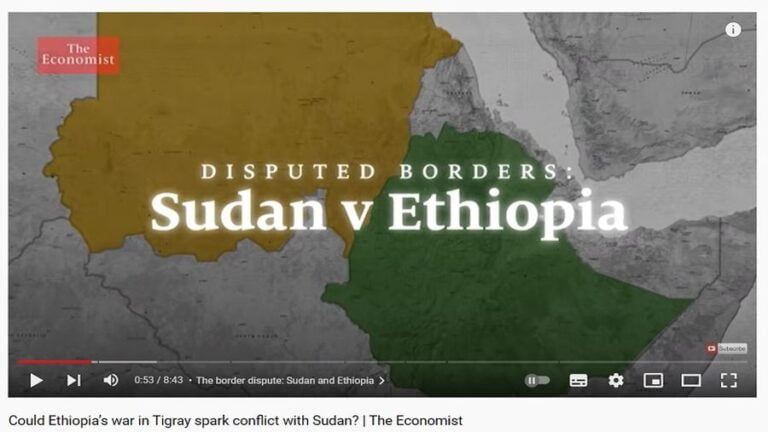The US Factor in Current China-EU Relations
The countries of the European continent, which the EU bureaucracy also claims to represent, are among China’s top three partners in foreign trade and economic relations. The other two are a dozen Southeast Asian countries that form ASEAN, and the US.
In turn, trends in trade and economic relations cannot be considered outside the context of global political processes, one of the main elements of which is due to the evolution of the positioning of the US on the world stage. The same evolution can be observed in the position Washington takes in its relations not only with Beijing, but also with the EU, as well as with some particular leading European countries. However, with each of these latter countries, it is evolving differently.
The complex, highly dynamic mosaic of transatlantic relations cannot but affect the aforementioned trade and economic sphere of China-EU relations. A generalized assessment by Beijing of the current situation of its European partner is shown in a comprehensive (and realistic) manner in an article in the Global Times on the subject.
It should be noted that the tool used by the overseas “ally” to exert destructive pressure on the Europeans today consists of three main elements: the “Ukraine crisis,” the “Inflation Reduction Act” signed by President Joe Biden in August this year, and the “energy crisis.” That is, according to the authors of the illustration, the first and third elements, as well as the second, are the product of US leadership policy.
Incidentally, it is quite a suitable occasion for an international tribunal to be initiated (e.g. by China and Russia) to consider various aspects of the “genocide of the peoples of Europe.” The investigation into the circumstances of the “terrorist act of the century,” i.e. the blowing up of gas pipelines in the Baltic Sea, would fit organically into its format. Perhaps the investigation of all the components of the ideological phenomenon, which is commonly referred to as the “new normal,” will prove to be an equally organic element.
The first and main victims of this latter are the Europeans, as are the Americans, whose information space is filled with Kiev clowns (continuously inflated through straws by external curators).
At the same time, there is clear evidence that Europe and the US themselves are by no means entirely under the sway of both “new normal” and anti-Russian hysteria. It would suffice to mention the phenomenon of Donald Trump, recent notable events in Germany, and the opening of the season at La Scala with Modest Mussorgsky’s opera in Russian.
However, for the time being the leading countries of Europe remain under the varying degrees of influence of the United States. This is justifiably perceived by Beijing as a major obstacle to the fruitful development of China-EU relations.
Any looming cracks in the “collective West” are exploited in order to achieve this goal nonetheless. It is from this perspective that Chancellor Olaf Scholz’s lightning visit to China on November 4 this year, during which he held brief talks with Chinese leader Xi Jinping and Prime Minister Li Keqiang, should be assessed. Note the wary reaction to this fact, both on the part of the “allies” and within Germany itself.
The PRC commented on the sensational article by Scholz entitled “The Global Zeitenwende: an epochal tectonic shift” in the Foreign Affairs in a calm tone, i.e. without unnecessary emotions and on the substance of the issues raised. In particular, the conflict in Ukraine is described as “continuing to consume Europe’s strength, while Europe is eager to find a way out.” It is also noted that amid increasing competition between leading world powers, “many European politicians and scholars do not want to see a new cold war or an ideological contest.”
As for the other leading European power, which the United Kingdom continues to position itself as, the trend that emerged under Prime Ministers Boris Johnson and Liz Truss – if not a complete rupture, then a sharp reduction in the scope of interaction with China – is still evident. There is no other way for Beijing to evaluate, for example, the recent visit to Taiwan by the UK Minister of State for Trade Policy, Greg Hands. This is despite the fact that so far all other Europeans (with the exception of the Eastern European Limitrophes) have confined themselves to sending the (unaccountable) chatterboxes from parliaments to the island.
It is not surprising, therefore, that during several international events held in Southeast Asia in November with the Chinese leader, his planned meeting with the new UK Prime Minister, Rishi Sunak, was cancelled (“at the last minute”). Already after these events it was reported that the UK government would buy a twenty per cent stake held by the Chinese company China General Nuclear in the British-French Sizewell C nuclear power plant project in Suffolk. This would bring the UK’s share in it to 50%. An understandable reaction to the said information followed from the PRC.
The very fact of the cancellation of the Xi-Sunak meeting drew attention against the background of a series of other meetings that the Chinese leader held with European politicians there in Southeast Asia. These included French President Emmanuel Macron, whose position vis-à-vis China can (very tentatively) be described as “intermediate” between the positions of Scholz and Sunak. And, like Germany, France is under the same American “pressure” as shown in the illustration above. And, judging by the results of Macron’s recent visit to the US, no easing of pressure on France is in sight.
There is also a clear interest on the part of the Chinese leadership in maintaining relations with EU colleagues, with whom there has been a continuous series of talks over the past two decades aimed at creating favorable conditions for bilateral trade. In addition, Beijing has tried to address one of the major challenges posed by the need to achieve “market economy” status. The problem is still unresolved, perhaps the main reason being the same pressure Washington exerts on its European allies.
Nevertheless, at the turn of 2021, when the US was in no small amount of turmoil due to the change of power after the last presidential election, the EU leadership decided (“while no one watches”) to conclude a so-called Comprehensive Agreement on Investment (CAI) with the PRC. The event was hailed by both sides as a significant breakthrough in the format of bilateral trade and economic relations.
However, problems in this area remain, and negotiations to resolve them are ongoing. On December 1 (i.e. one month after Scholz’s visit), the President of the European Council, Charles Michel, visited Beijing. During his meeting with Chinese leader Xi Jinping, the guest made several landmark statements. First, the EU’s willingness to “become a reliable and predictable partner for China” was expressed. Second, he reaffirmed the commitment to the critically important for Beijing principle of “one China” and stated his refusal to interfere in any way in the internal political processes of this extremely important for the Europeans partner. Third, the intention was expressed to put the CAI agreement mentioned above into practice, as well as to increase stability and confidence in the functioning of bilateral supply chains.
The French President is expected to be the next important European visitor to Beijing.
In general, the EU leadership, and those of Germany and France specifically, have attempted to gain some autonomy from the United States in their relations with China. That is, with a country that is now one of the two main players in the “Great Game.”







